Only a quarter of the estimated 4% of American adults who needed medication for opioid use disorder (MOUD) in 2022 received the treatment, according to a new report from the US Centers for Disease Control and Prevention (CDC).
MOUDs were prescribed more frequently to non-Hispanic White adults and to men, with women and Black and Hispanic individuals less likely to receive medication, the study showed.
Some 43% of adults who could have benefitted from opioid use disorder (OUD) treatment felt they did not need it, the researchers found, consistent with previous studies.
"These findings underscore disparities in treatment and a need to increase use of medications for OUD," investigators wrote.
The results were published online on June 27 in the CDC's Morbidity and Mortality Weekly Report.
Treatment Underutilized
Examining data from the 2022 National Survey on Drug Use and Health, which included 56,610 adults over the age of 18 years, the researchers estimated that 3.7% (9.3 million) American adults needed OUD treatment.
"Needing treatment" was defined as meeting Diagnostic and Statistical Manual of Mental Disorders, Fifth Edition criteria for OUD or receiving treatment in the past year.
Of those who needed treatment, a little more than half — about 5.1 million — received some type of treatment. Thirty percent received a treatment that did not include a medication, and 25% received a medication such as methadone, various forms of buprenorphine, or oral or injectable naltrexone.
Overall, those most in need of treatment did not attend college, were unemployed, had ever been arrested and booked, had any mental illness, used illicit drugs other than opioids, or misused stimulants or opioids.
MOUD treatment was more likely among non-Hispanic White adults than among non-Hispanic Black or Hispanic adults (60% vs 44% and 46%, respectively) and in men compared with women (51% vs 40%, respectively).
Adults who were prescribed a medication were more likely to be employed, had a history of arrest, used marijuana or illicit drugs other than opioids, or had misused stimulants or opioids.
Those aged 35-49 years had the highest rate of MOUD prescription (68%) compared with just 20% of those aged 18-25 years, 44% of people aged 26-34 years, and 32% of those aged 50 years or older.
People with severe OUD were also much more likely to be prescribed a medication than those with mild or moderate OUD (80% vs 56%).
MOUD Access Limited
The CDC investigators urged clinicians to be on the lookout for patients who appear to have OUD or experience harm from opioids but are unable to taper the medications. They should be assessed for OUD and offer nonjudgmental support and harm reduction, researchers wrote.
They acknowledged that access to the medications for OUD is often limited. Despite a wealth of evidence supporting their use, in some cases, clinicians "hold beliefs equating medications for OUD with illegal substance use," investigators noted.
Many facilities that treat OUD don't offer the medications, pharmacies often do not stock buprenorphine, and many payors have restrictions such as prior authorization that delay or limit dispensing some buprenorphine formulations, they added.
The researchers said that more awareness and communication on the effectiveness of MOUDs are needed and noted that any clinician with a current Drug Enforcement Administration registration may prescribe buprenorphine for OUD if permitted by applicable state law.
Alicia Ault is a Saint Petersburg, Florida-based freelance journalist whose work has appeared in publications including JAMA and Smithsonian.com. You can find her on X @aliciaault.

.webp) 2 days ago
2
2 days ago
2
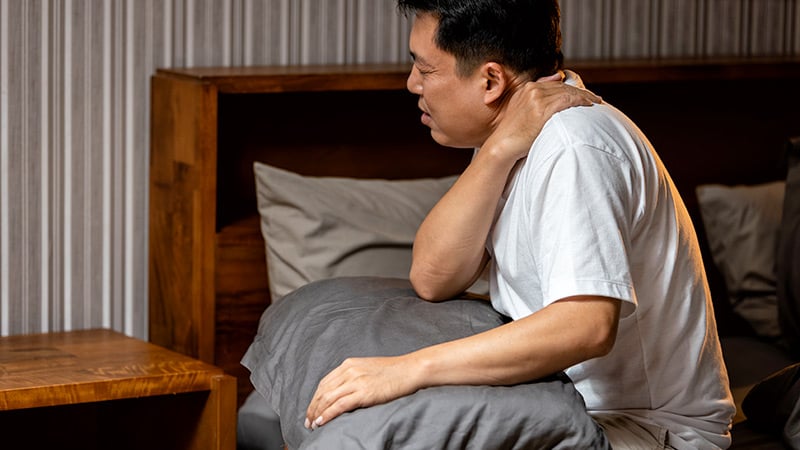


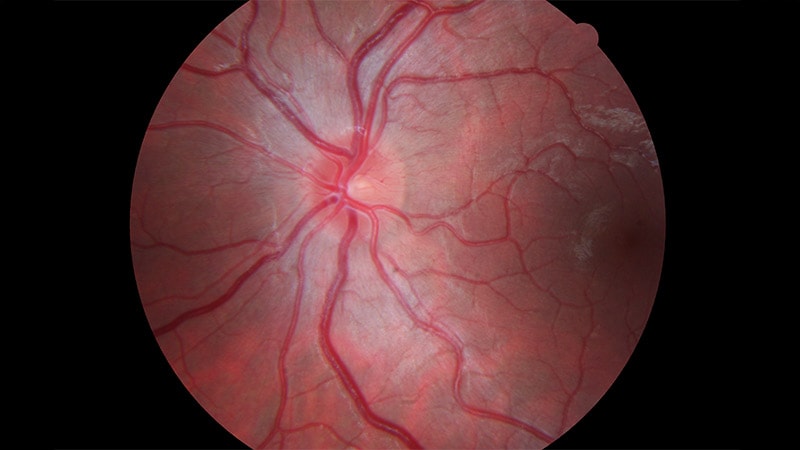
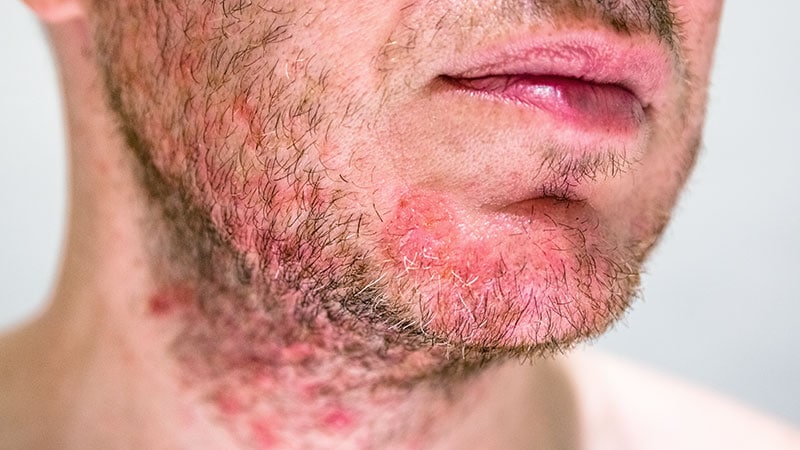

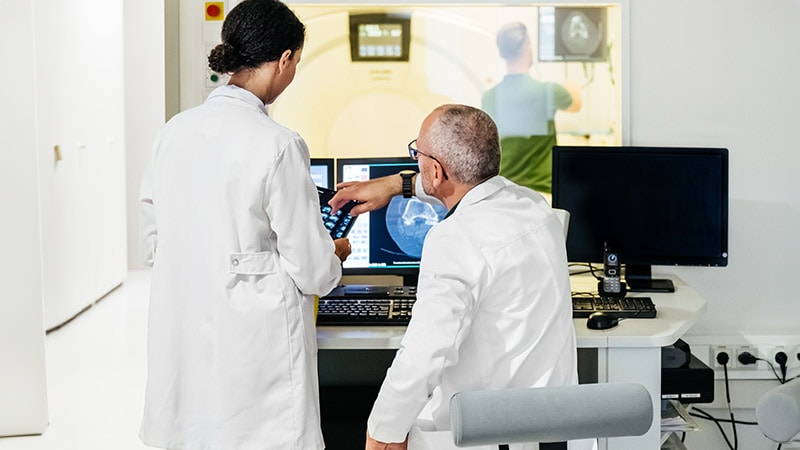
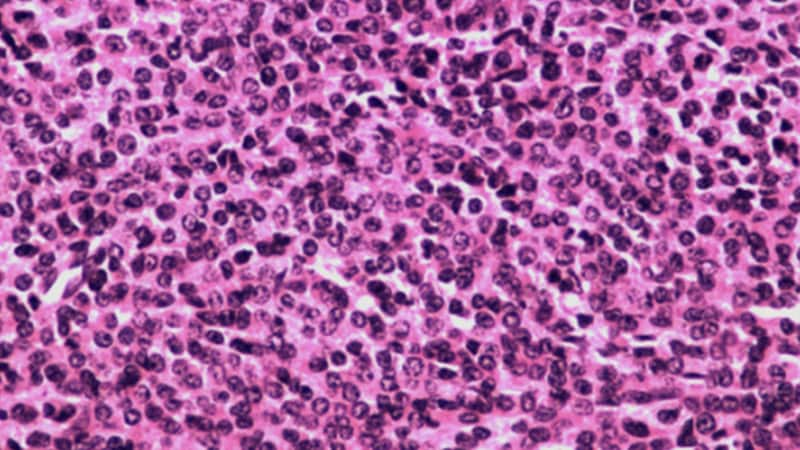

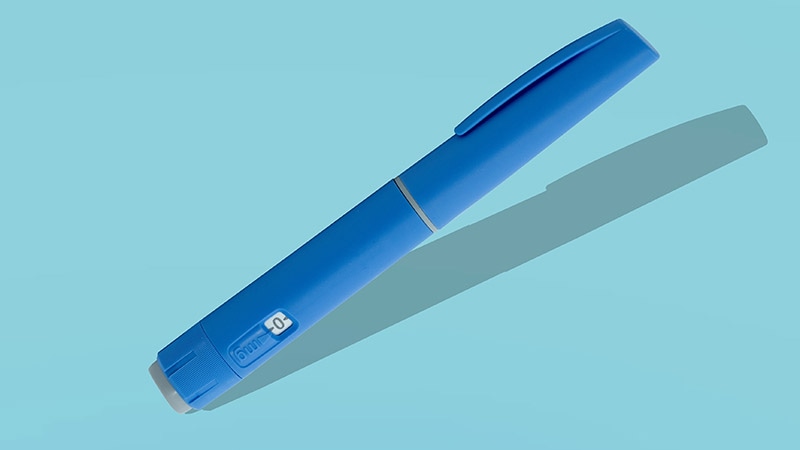

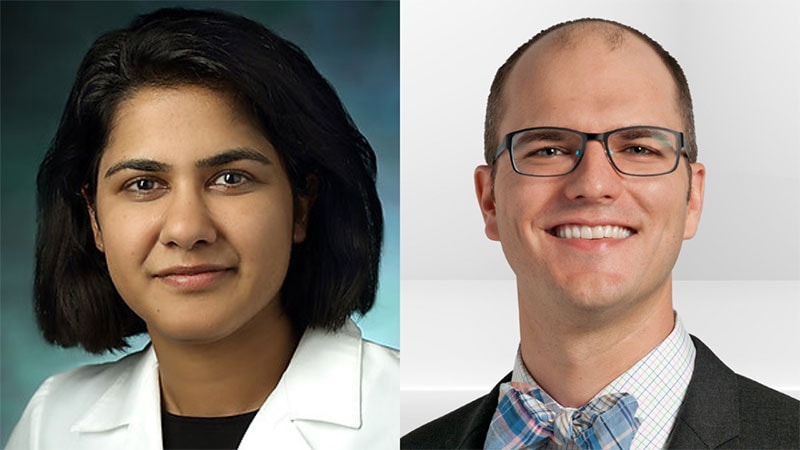
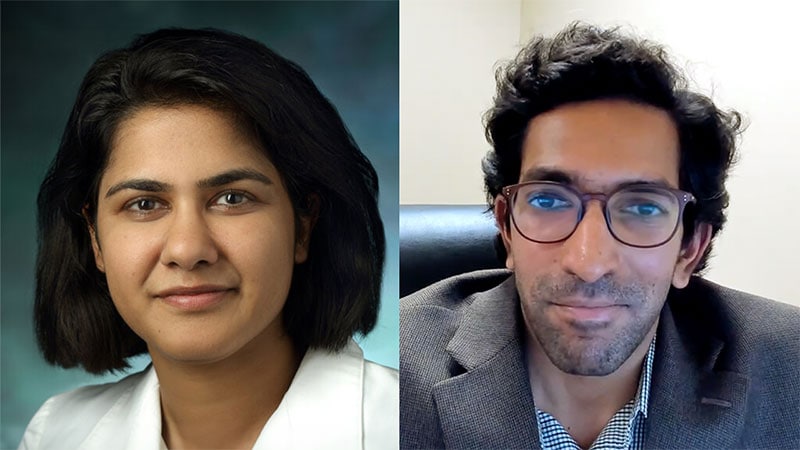






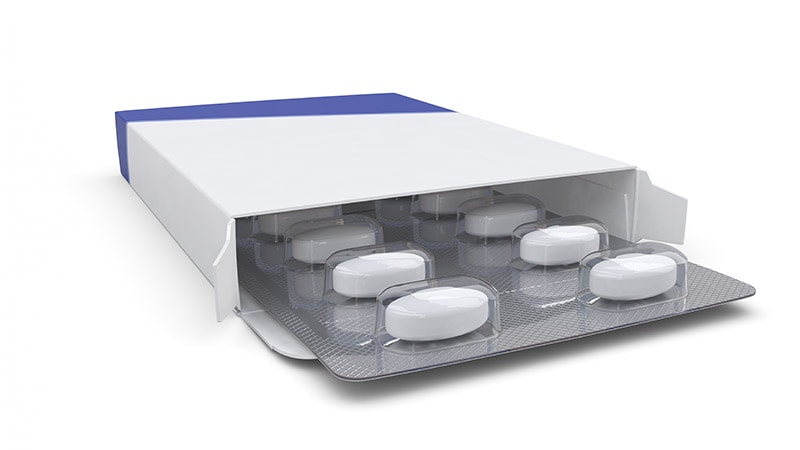
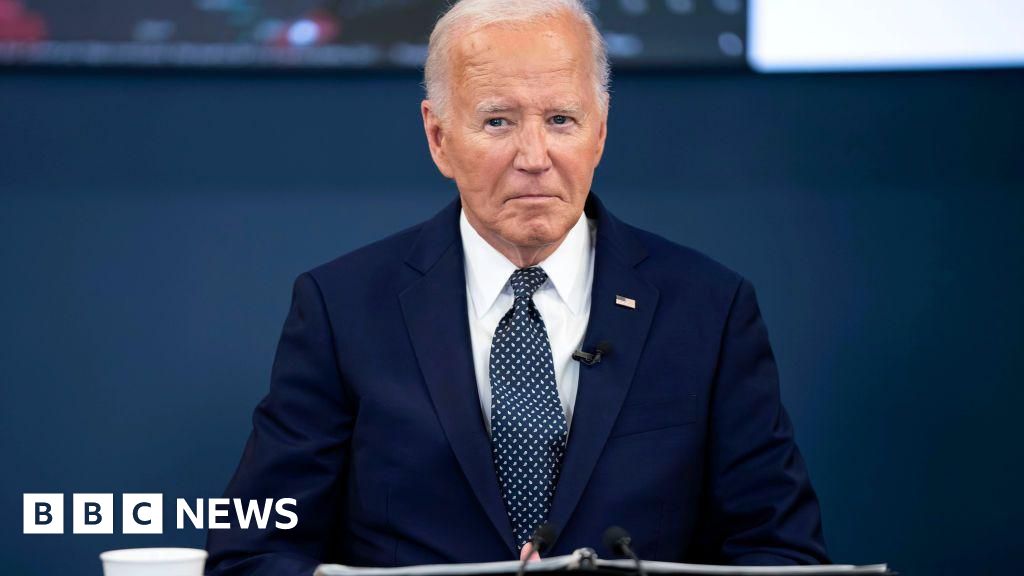

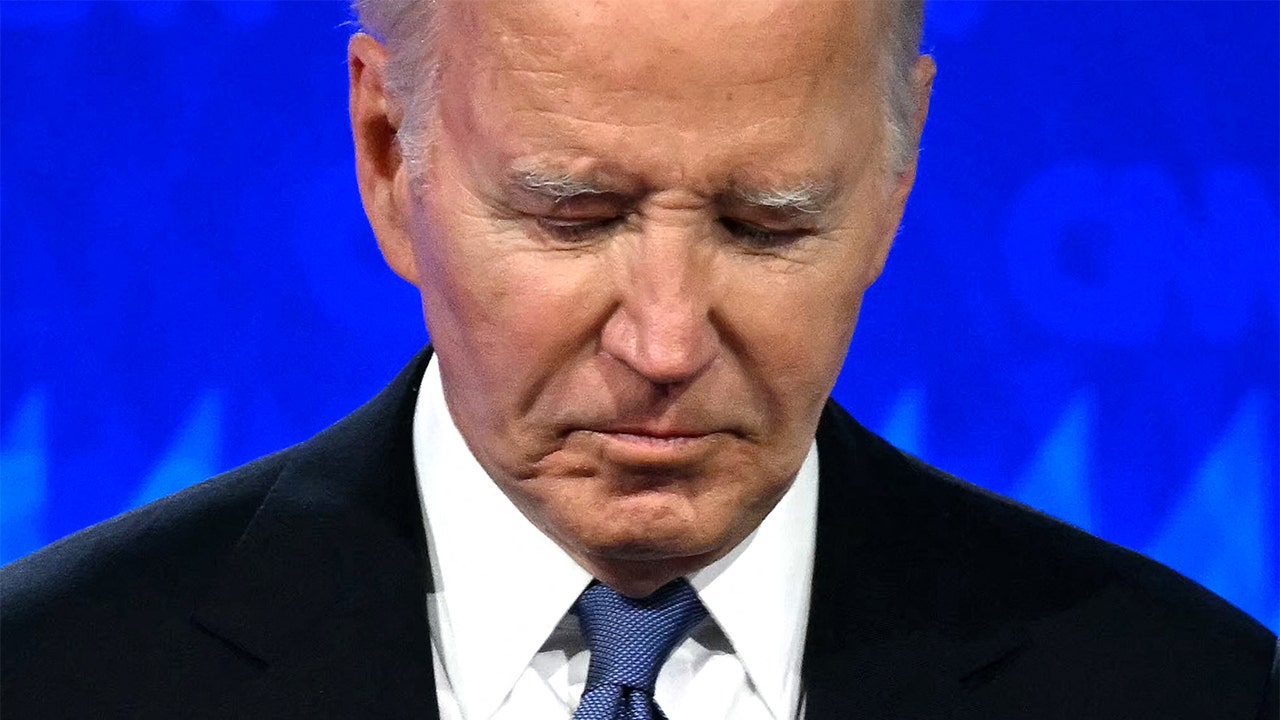




 English (US)
English (US)